The following is a case study about an industrial railway photography project we completed for Cando Rail & Terminals, a builder and operator of custom rail solutions across North America. Our client required photos of various rail yards, train cars, and employees working in their natural environment. They really wanted to utilize photography to tell the story of who they are and what they do, while properly showcasing the scale of their operations and that labour that goes into each and every project.
Robert, a seasoned railway photographer, brought a unique and fresh perspective to this project and we are thrilled to share the results!
Related: How Companies Are Using Photography Services to Improve their Business.
Our Client:
Who is Cando Rail?
Cando Rail & Terminals prides itself on providing a complete rail solution to customers across North America. The company is a one-stop shop for railway services, offering industrial switching, terminal and transload services, logistics, material handling, short line operations, mechanical services, rail car storage, engineering and track services.
Cando’s goal is to ensure that products make their way through the supply chain safely and efficiently, supporting their industrial customers and Class 1 railways (a class that includes CN, CP and VIA Rail Canada, as well as Amtrak, BNSF, CSX and UP in the US). The company’s headquarters are located in Brandon, Manitoba, with more than 400 employees working in locations across Ontario, Manitoba, Saskatchewan, Alberta, British Columbia, and in parts of the US.
Gord Peters and Rick Hammond founded the company, originally known as Cando Contracting Ltd., in 1978. In the beginning, the work primarily consisted of track removal and material salvaging. However, the small Manitoba-based rail line dismantling and salvage company has grown substantially over the years to become an integrated solutions provider for customers in the rail sector and bulk handling industries across North America.
What Makes Cando Rail Different?
The railways played an integral role in expanding the settlement in the Prairies, and the growth of various industries, such as coal mining, lumbering and paper making. Railways created employment opportunities, as entrepreneurs invested in the manufacture of materials required for building, operating, and maintaining railways, such as fuel, iron and steel. Construction of the Canadian Pacific Railway (CP) began in 1881, and the railway was greatly influential in the formation of new cities out west from Winnipeg to Vancouver.
In 1923, the government merged the Grand Trunk Railway, Grand Trunk Pacific, Canadian Northern and Intercontinental Railways, forming the Canadian National Railways (CN). Both CN (which privatized in 1995) and CP remain integral to the transport of bulk materials, and commodities, like coal and grain, in North America. Rail transport is also beneficial for transporting finished goods, which can be packed in railway containers for easy transfer between trains and other modes of transportation.
In 1996, Cando implemented an Employee Ownership Program, and now employees are also corporate shareholders. For Peters, this was an important part of ensuring the company’s continued success. As stated on their website, “My vision and legacy for this company is that it will continue for future generations in the capable hands of the people that know the business best – the employees. Our employee-owned company will continue to deliver industry leading rail services based on safety, customer satisfaction, employee development, innovation and sustained growth” (Cando Website, February 2019).
Canadian Railway History
The railway industry has a long and significant history in Canada. The advent of railway technology changed the way we work and live, and helped to shape Canada as a nation.
British Engineer Richard Trevithick built the first working full-scale steam locomotive in 1804. By the 1840s, railways were crucial for transporting goods and supplies required for industrialization. As agrarian life gave way to city dwelling during the Industrial Revolution, railways made it possible to transport goods across this vast land, connecting parts of North America that previously lacked a viable transportation route.
The first Canadian railway, which opened in 1836, was the Champlain and St. Lawrence Railroad, built near Montreal to connect river traffic. In 1840, the Albion Railway opened in Stellarton, Nova Scotia, connecting coal mines to a seaport. The government saw the railroads as an opportunity to unite the vast nation and promote trade within Canada and with the US. By 1853, the Grand Trunk Railway (GTR) linked Toronto and Montreal, and included lines to Portland, Maine, Michigan and Chicago.
The GTR was a huge feat, and by 1870 had become the longest railway in the world. The building of the Intercontinental Railway was viewed as being so integral to Confederation that it was included as a condition in the Constitution Act, 1867. The Maritimes were linked to Quebec and Ontario by the Intercolonial, completed in 1876. (Canadian Encyclopedia online, February 2019).
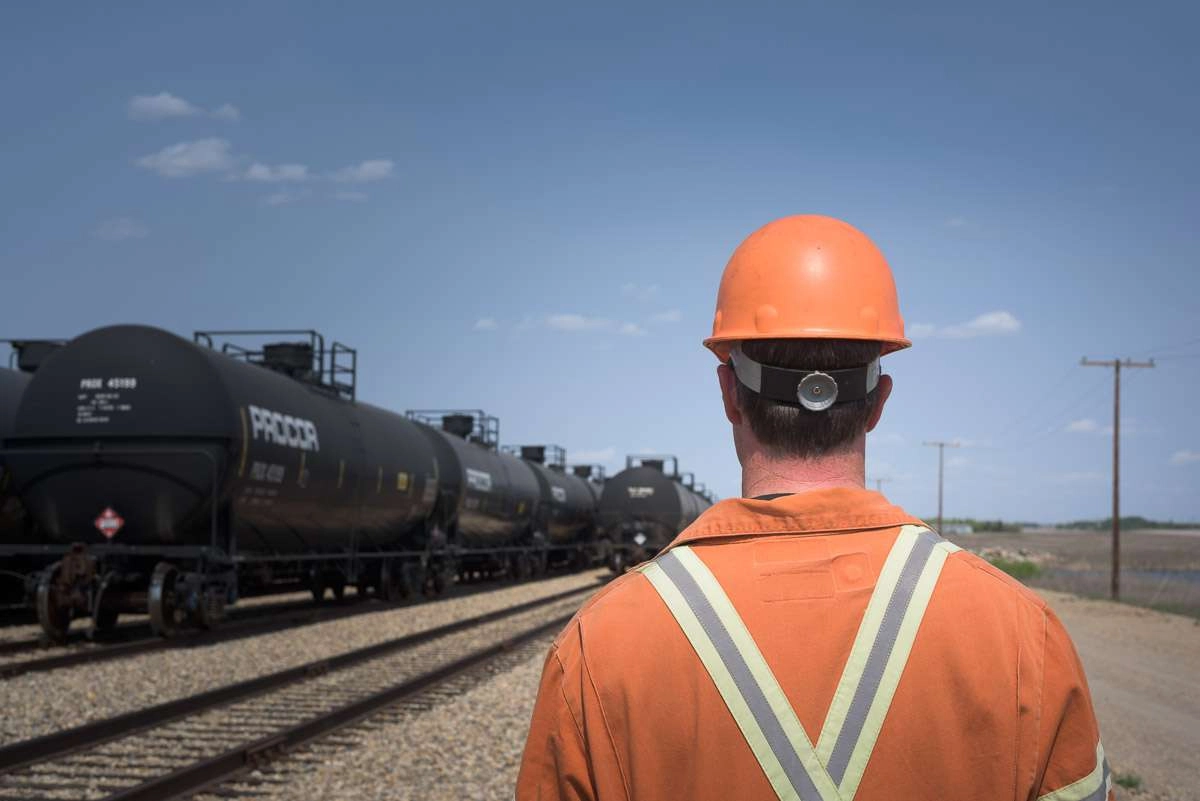
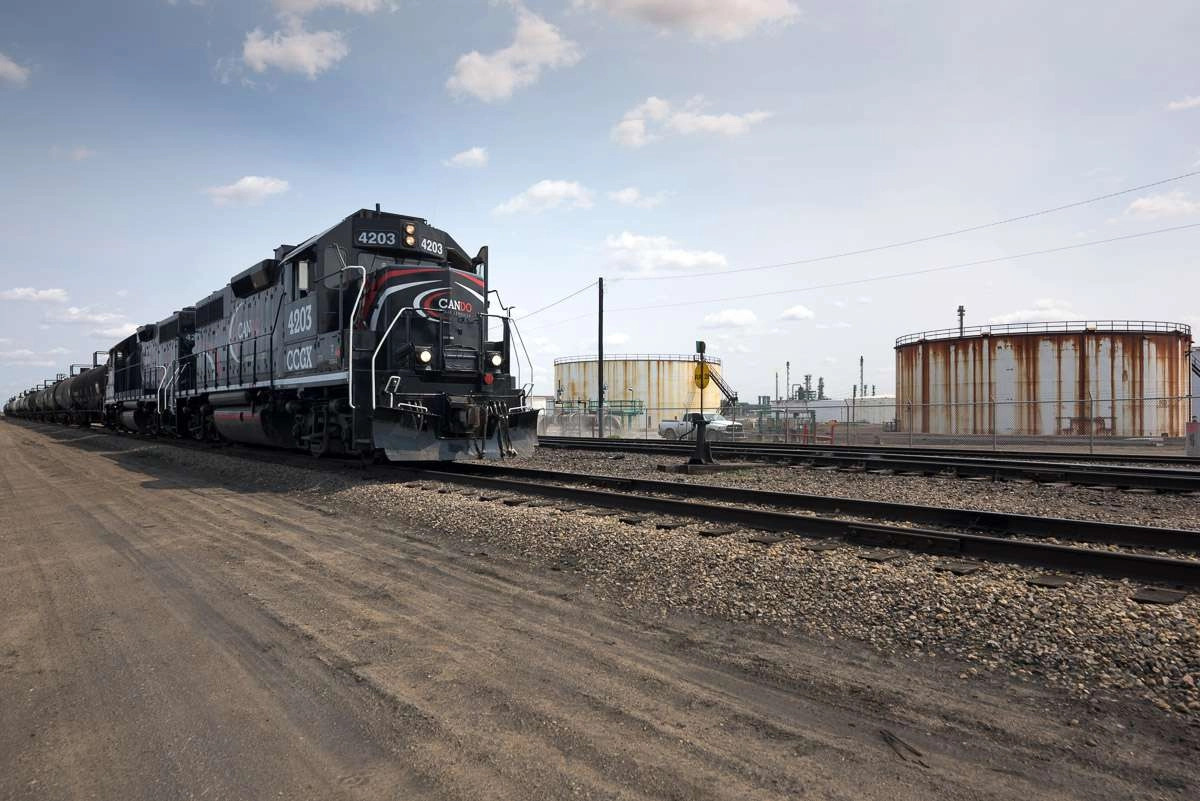
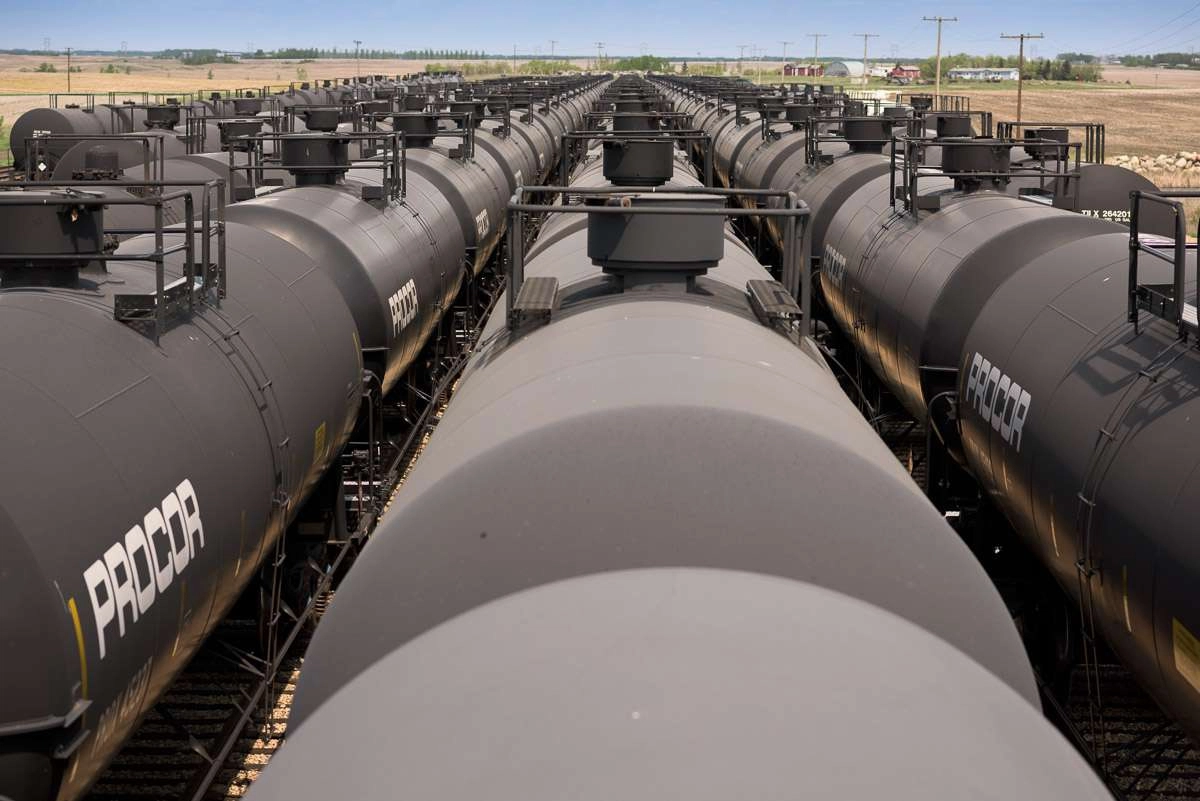
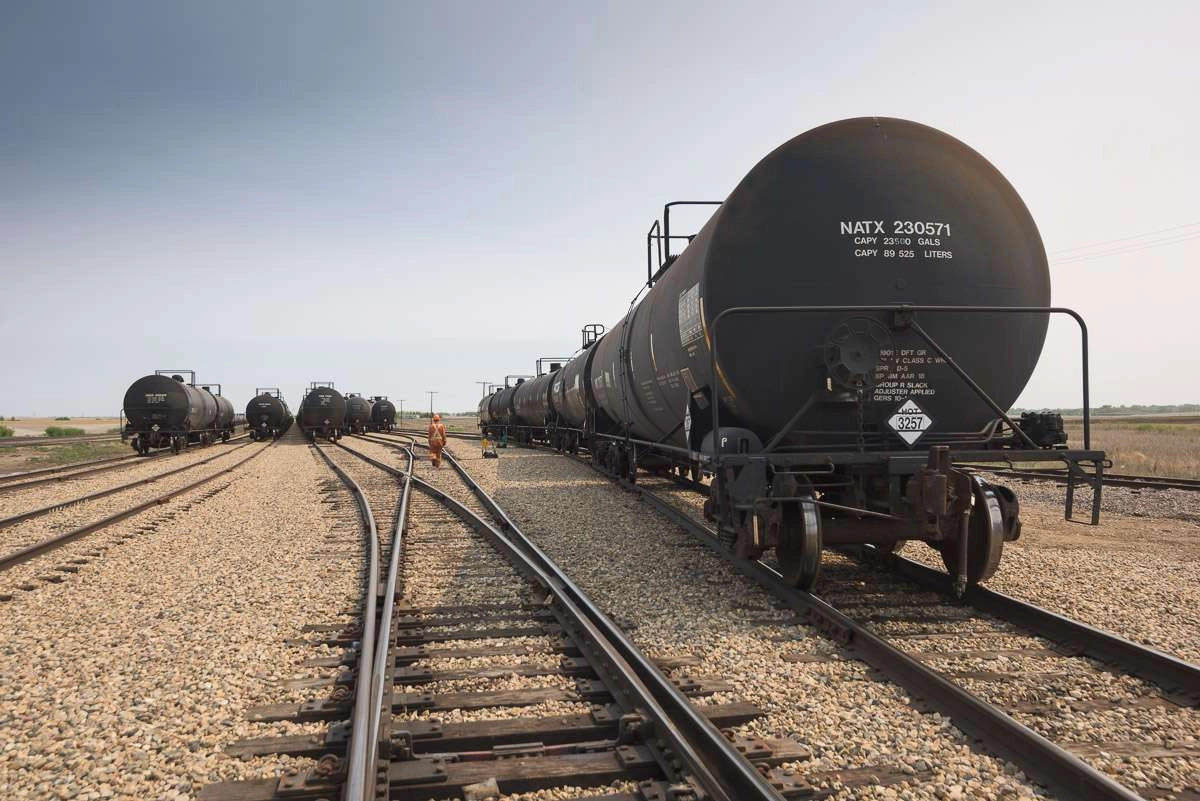
Objective:
Why is Industrial Railway Photography Important for Cando Rail?
Railway photography is crucial for documenting the diverse range of services offered by Cando, showcasing their heavy equipment, tools and work environment. However, above all, it was imperative to capture the dedication and hard work of Cando’s crew members, as they form the foundation of this employee-owned company. In fact, capturing the true essence, capability and authenticity of their employees is a key piece of what sets Cando Rail apart from its competitors.
As a railway photographer, during the creative process it is important to consider how the images will be used for marketing purposes. Keeping in mind how to effectively capture the attention of the intended audience and convey messages with visual impact. For Cando Rail, we focused on telling the story of the different projects that have been worked on, we visually demonstrated rail safety initiatives, and helped to illustrate the level of quality offered. Resulting in a variety of compelling photos to be used for all of the client’s marketing initiatives for years to come.
Related: How Industrial Photography Helps Tell the Story of the Workforce
The Process:
Scale of Operations
The aim was to showcase Cando Rail’s railway sites with maximum impact, and the results exceeded all expectations. The photos we captured conveyed a strong sense of motion and power that perfectly encapsulated Cando Rail’s industrial operations.
To ensure that the photos accurately represented the scale of Cando Rail, they were taken at a variety of perspectives. The use of different angles and composition techniques, such as; leading lines, foreground interest and depth, helps to create visually stunning images, while also telling the story of Cando — who they are, what they do, and what they value.
Related: Industrial Photography: How to Capture the Perfect Shot
Heavy Machinery
Photographing heavy machinery at a rail yard plays a significant role in illustrating the scale and intensity of operations at Cando Rail. These images provide a visual appreciation of the considerable size and power of the machinery, offering a tangible perspective of the tools that are fundamental to the rail industry.
Moreover, industrial railway photography serves as a valuable tool to highlight the technical expertise of Cando Rail, underlining its capacity to manage large-scale rail operations. These images significantly contribute to the overall narrative, reinforcing Cando’s credibility, capability, and commitment to delivering robust rail services.
Hard Manual Labour
Capturing candid photos of employees in action helps to demonstrate the values that Cando stands for, while also providing stunning visuals that can be used to engage customers and other stakeholders.
These images provided a unique opportunity to capture the passion and enthusiasm of Cando’s hardworking crew, which is evident in their commitment to safety and quality. The resulting photos showed the dedication, skill, and pride that the employees take in their work.
In addition to highlighting who makes Cando successful — its employees — these images also highlight company values such as safety, quality and reliability, which are central to the success of Canada’s railroad industry.
Related: The Power of the Image: Pictures of Factory Workers
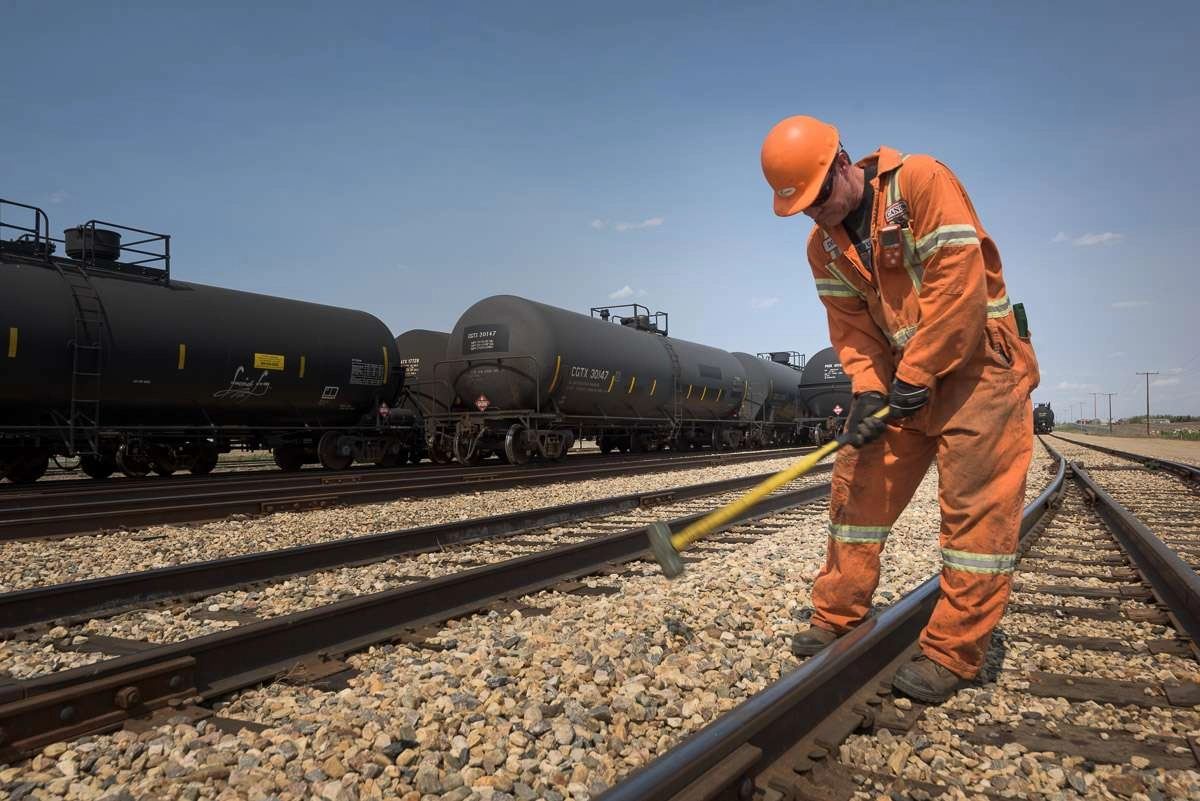
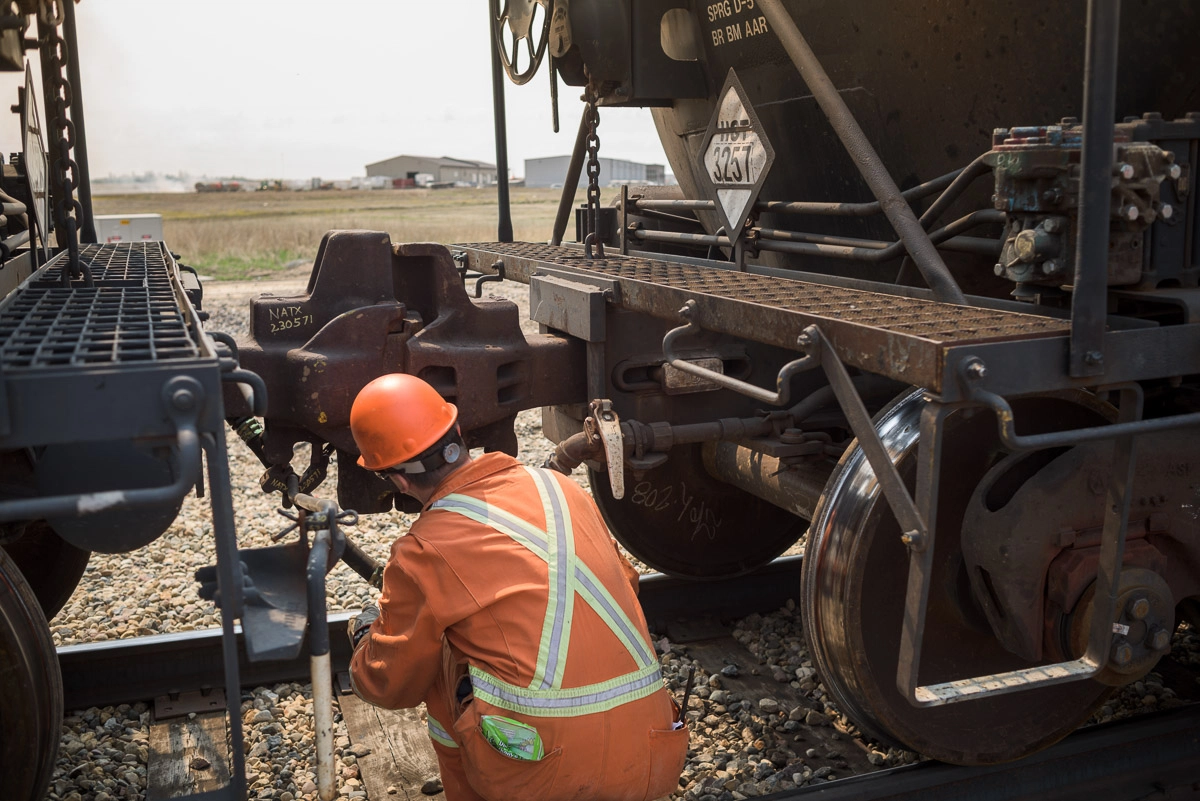
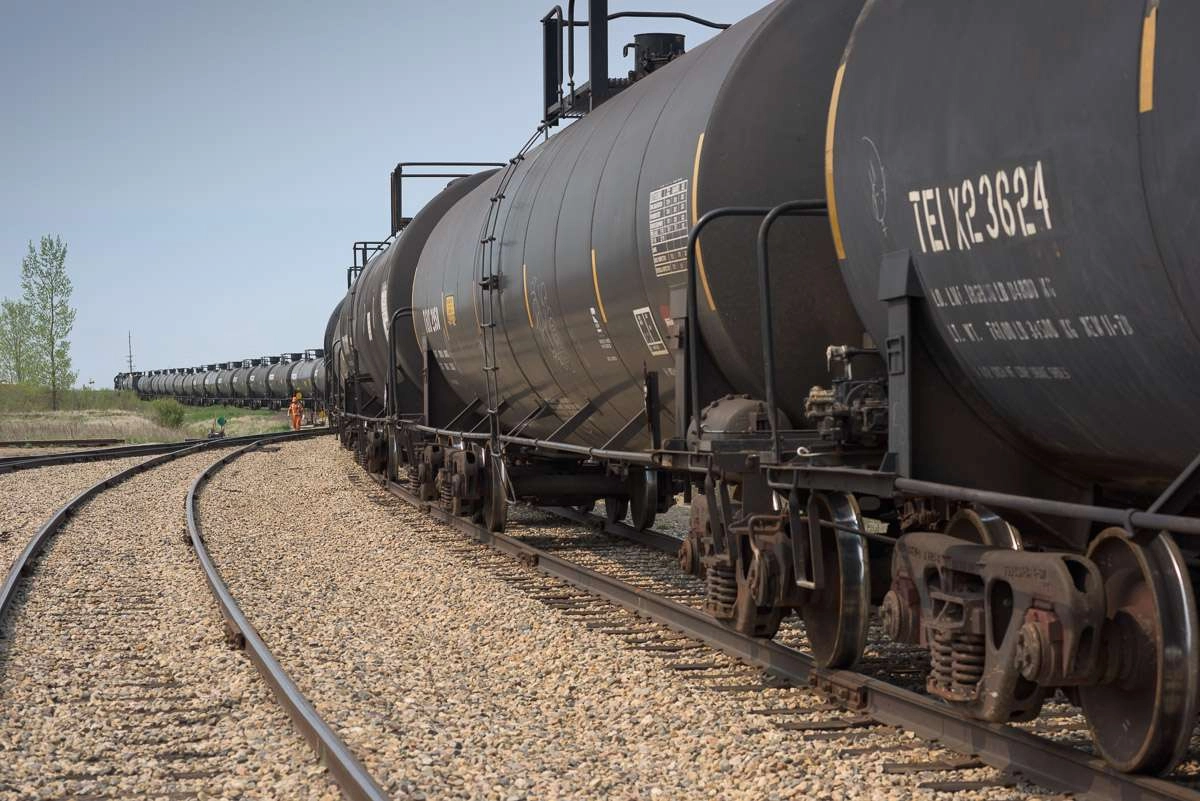
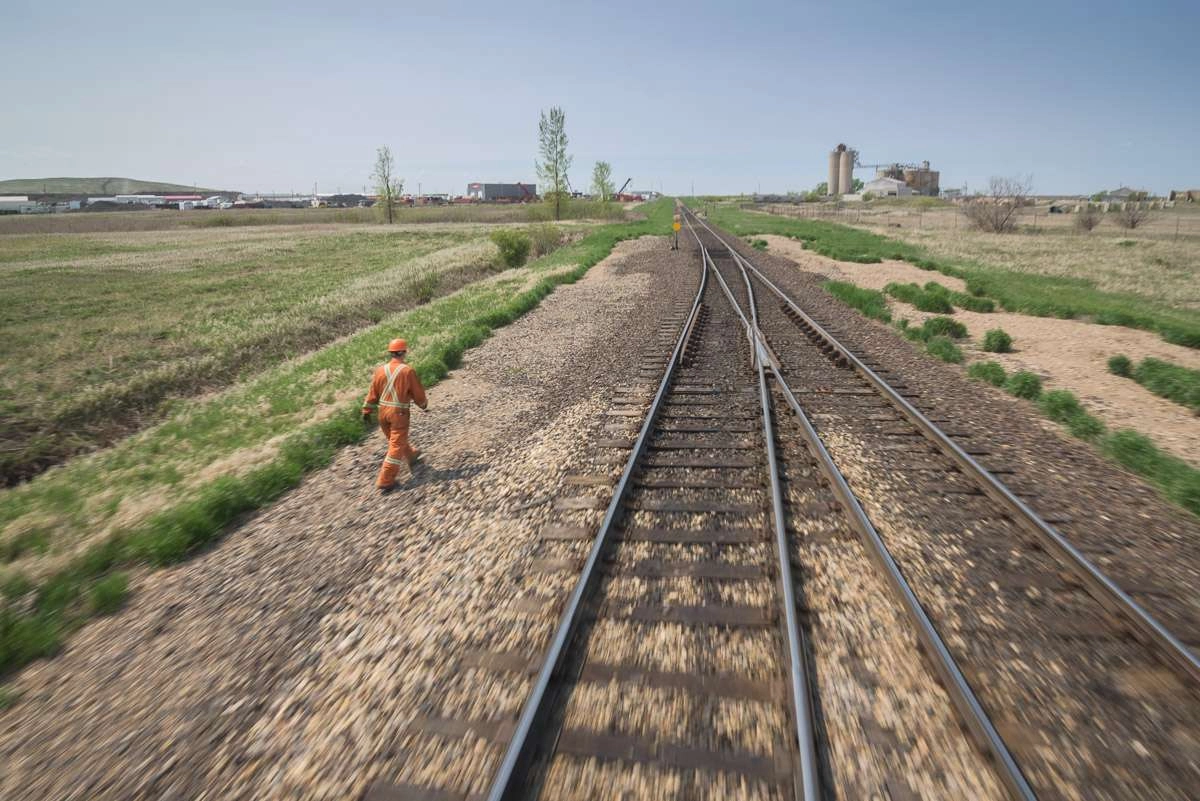
Usage:
The images were used for promotional materials, such as brochures, proposals and the company website. Our photos were also used to create dynamic visuals for social media campaigns, internal communications and recruitment efforts. The industrial railway photography captured by our team has successfully aided in telling story of Cando Rail in a unique and captivating way that has enabled them to stand out from other railway operators in Canada.
The photos are also an essential part of Cando’s corporate identity and are integral to building and reinforcing their brand recognition. Images featuring railway equipment, crews in action, and the varied landscapes that Cando operates within were all used to create a comprehensive corporate image that has helped to solidify the company’s position as one of Canada’s leading railway operators.
Related: What are the Most Important Marketing Photos for a Business
Conclusion:
We hope that this case study has provided you with some insights into our approach to photography and how we work with our clients to achieve their goals. If you have any questions, or if you would like to learn more about our services, please contact us. We would be happy to discuss your specific needs and see how we can help.
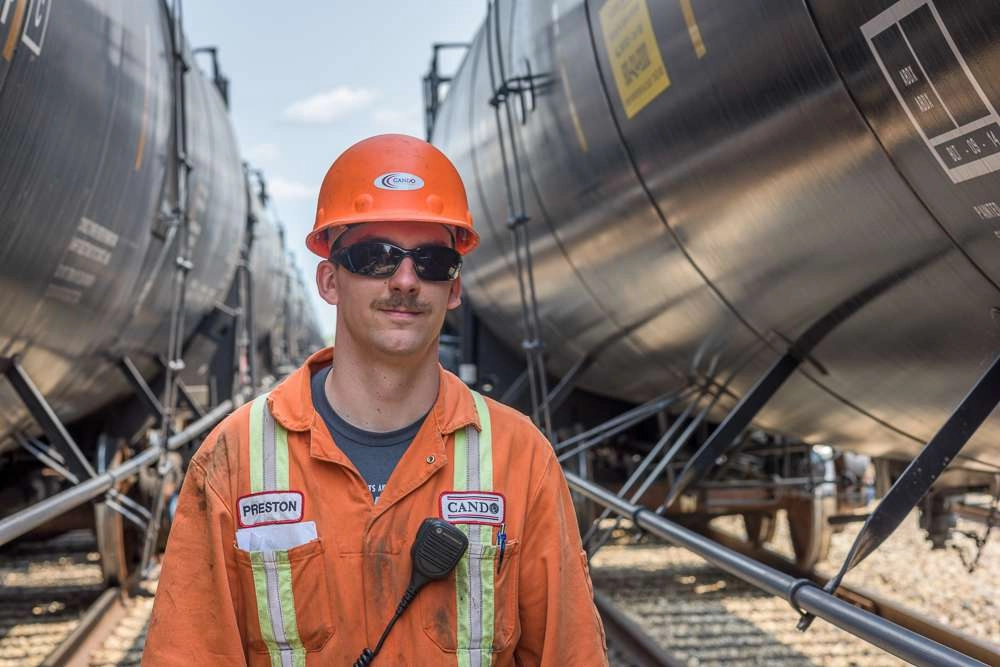
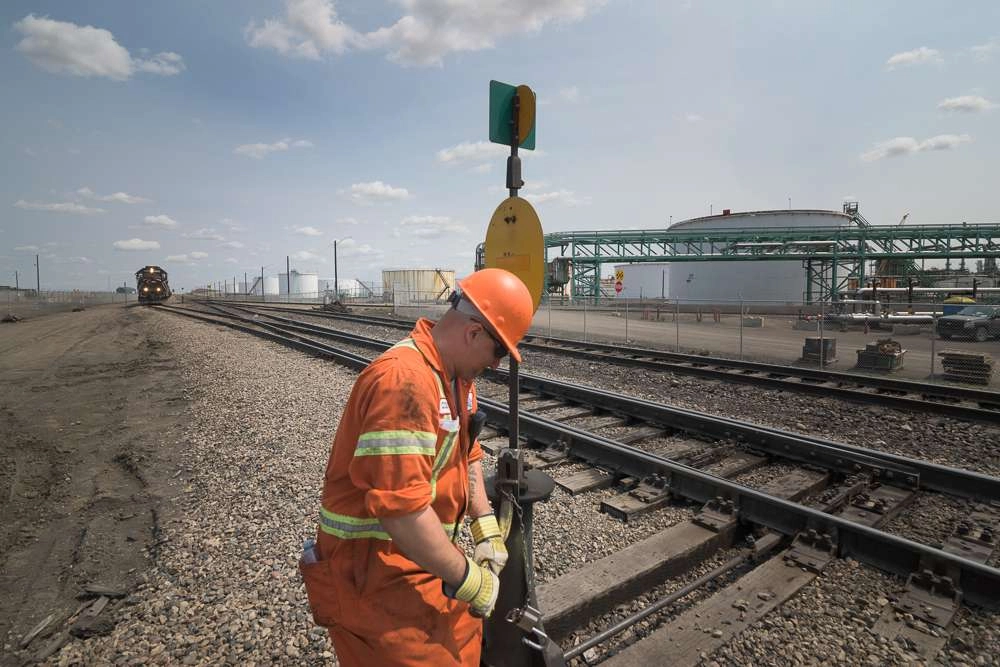
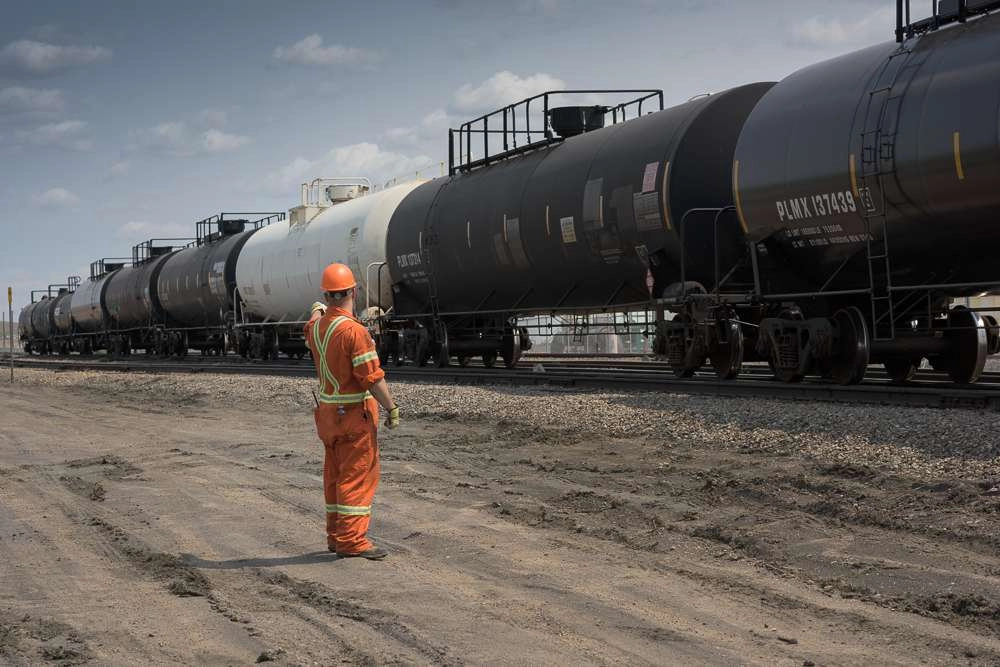
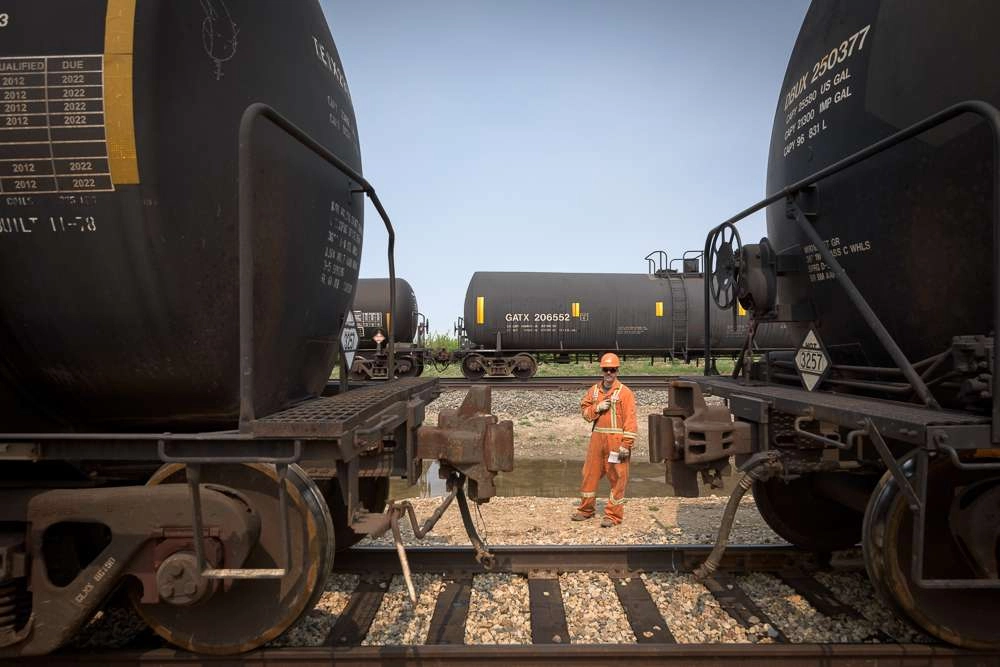

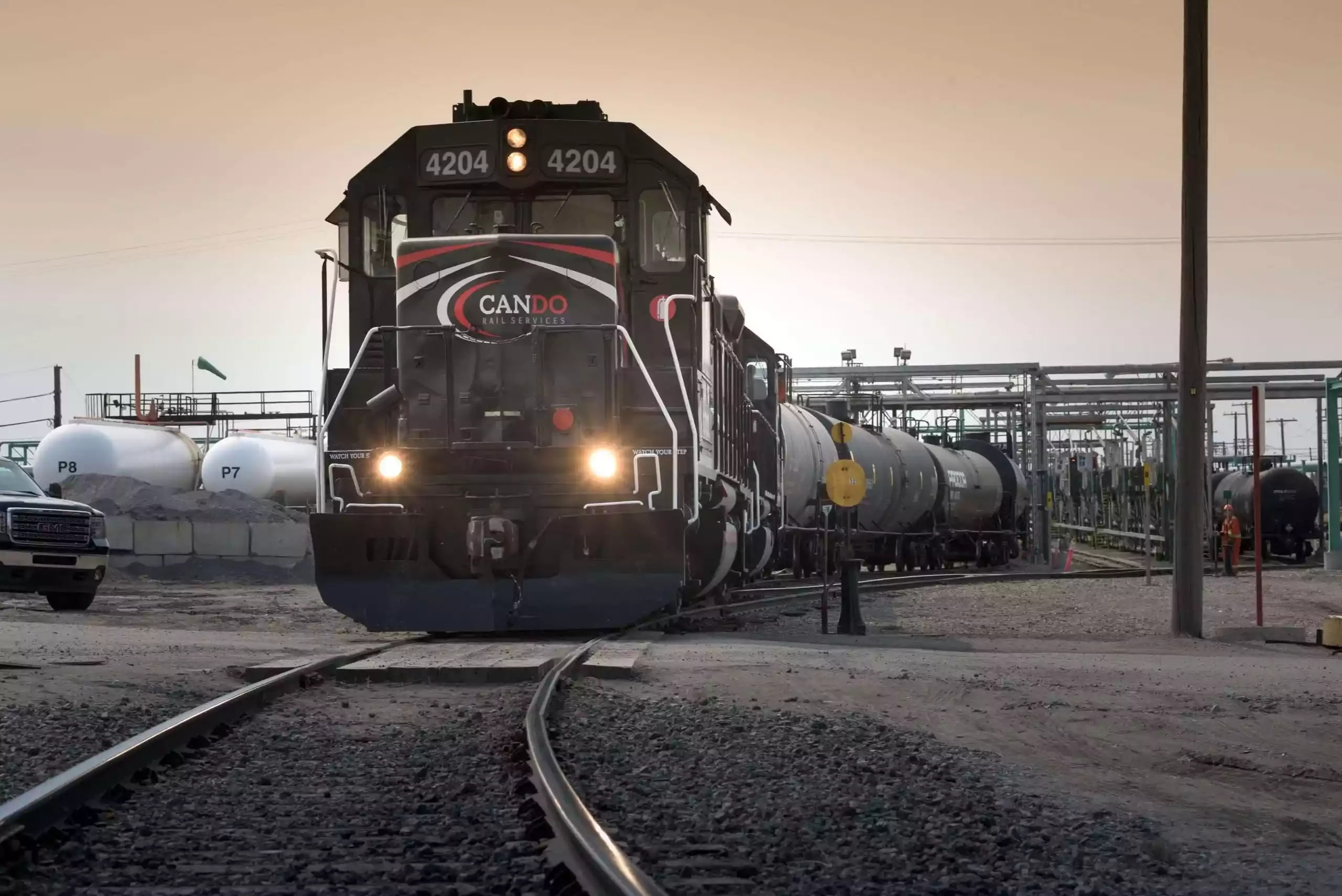
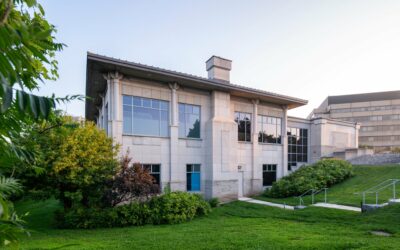
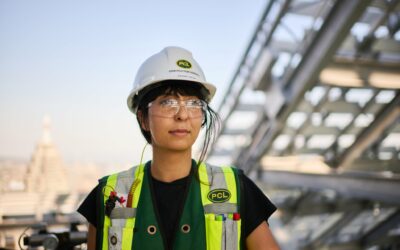
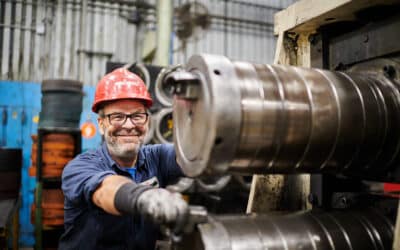
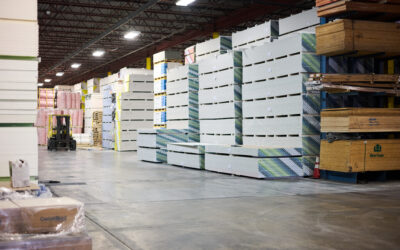
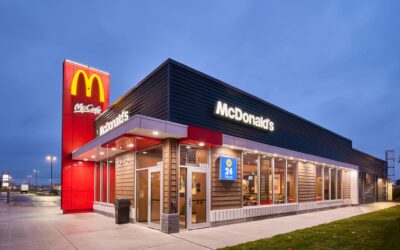
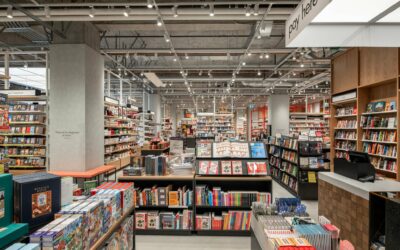
0 Comments